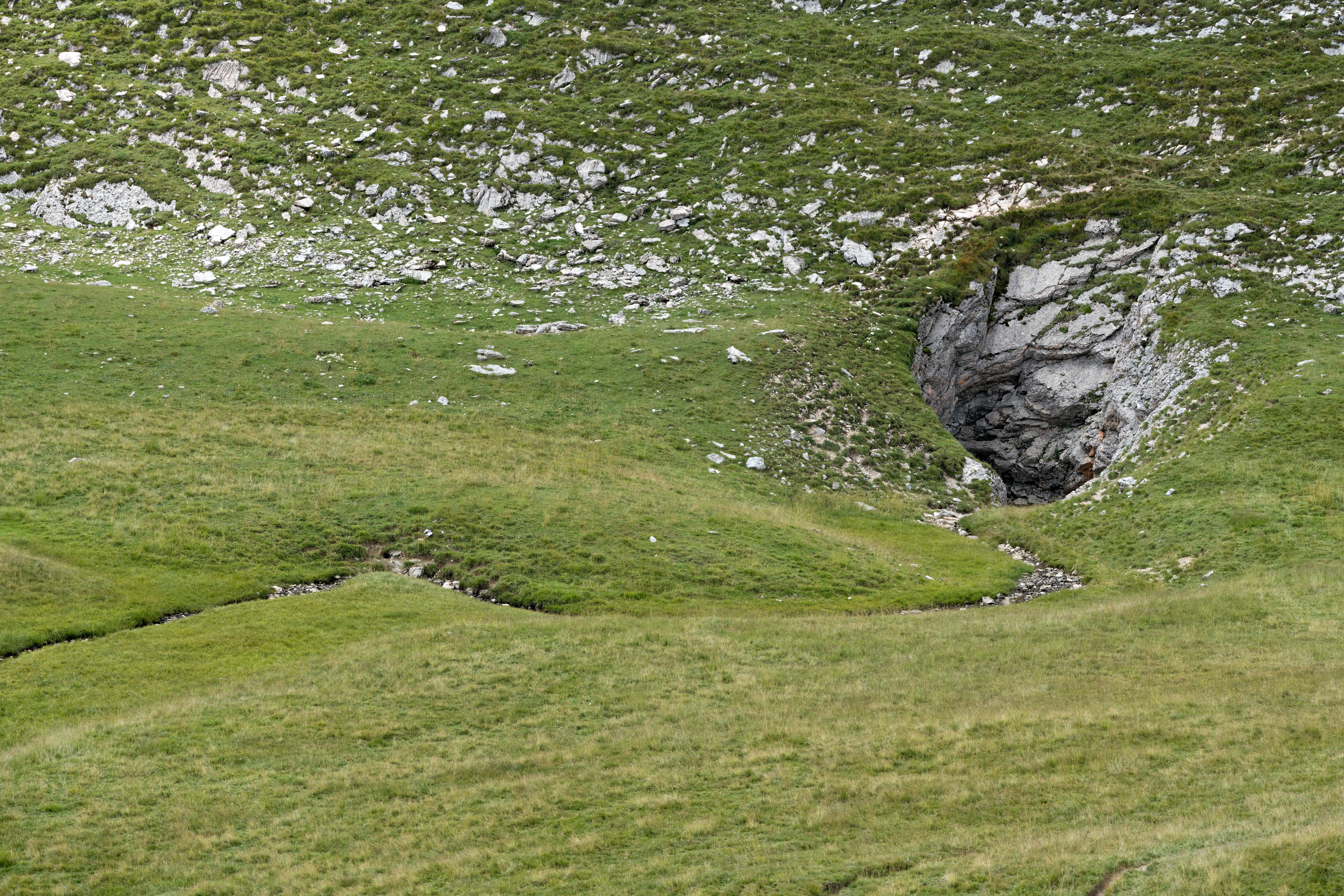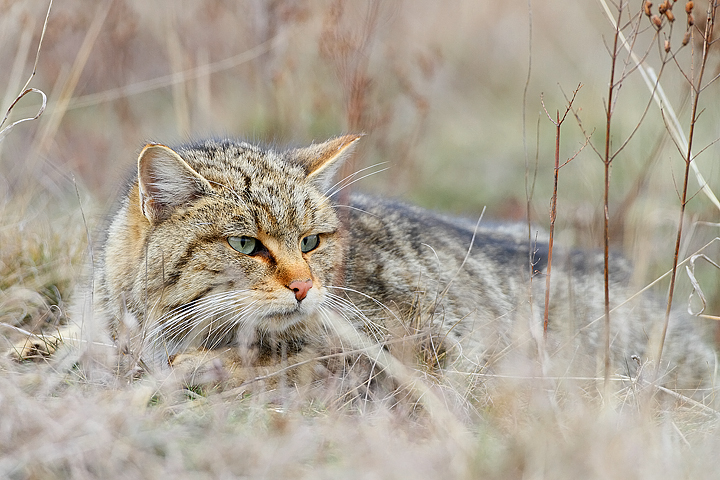|
South Harz Nature Park
The South Harz Nature Park (german: Naturpark Südharz) is located in the county of Nordhausen in north Thuringia, Germany. The act designating this nature park in the Harz Mountains came into force on 31 December 2010Thüringer Verordnung über den Naturpark Südharz (see external links) and thus founded the fifth nature park in Thuringia. It has an area of 267 km². The park is managed by the South Harz Tourist Association (''Südharzer Tourismusverband e.V.'') in conjunction with the Kyffhäuser Nature Park. The nature park covers parts of the southern foothills of the Lower Harz, the gypsum karst landscape of the adjacent Zechstein belt and the transition region with the North Thuringian bunter sandstone country. In the south, the park is bounded by the valley of the River Helme; on the other sides by the state border of Thuringia. Its western boundary is part of the German Green Belt. To the east is the South Harz Karst Landscape Biosphere Reserve (in Saxony-Anhalt ... [...More Info...] [...Related Items...] OR: [Wikipedia] [Google] [Baidu] |
Ponor
A ponor is a natural opening where surface water enters into underground passages; they may be found in karst landscapes where the geology and the geomorphology is typically dominated by porous limestone rock. Ponors can drain stream or lake water continuously or can at times work as springs, similar to estavelles. Morphologically, ponors come in forms of large pits and caves, large fissures and caverns, networks of smaller cracks, and sedimentary, Alluvium, alluvial drains. Etymology The name for the karst formation ponor comes from Croatian language, Croatian and Slovene language, Slovene. It derives from the proto-Slavic language, proto-Slavic word ''nora'', meaning ''pit'', ''hole'', ''abyss''; the English word ''narrow'' probably has the same origin. Several places in southeast Europe (Bulgaria, Croatia, Czech Republic, Hungary, Romania, Montenegro, Slovenia) bear the name ''Ponor'' due to associated karst openings. Description Whereas a sinkhole (doline) is a depression o ... [...More Info...] [...Related Items...] OR: [Wikipedia] [Google] [Baidu] |
List Of Nature Parks In Germany
Nature parks in Germany (german: Naturparks) have been established under section 22, paragraph 4 of that country's Federal Nature Conservation Act (BNatSchG). there were 103 nature parks, comprising about 27 percent of the total land area of Germany and are brought together under the Association of German Nature Parks. In total there are 23,159 Protected Areas in Germany. Parks that overlap into neighbouring countries are led by Europarc. The oldest nature park is Lüneburg Heath Nature Park, whose core area was established in 1921 as a nature reserve; by 2007, it had expanded to more than four times its original area. the largest nature reserve in Germany, with , is the Southern Black Forest Nature Park. The surface area of nature parks in Germany increased by 42% between 1998 and the end of 2019 (this corresponds to around 3.0 million hectares). The 16 national parks of Germany, under paragraph 24 of the Federal Nature Conservation Act, are not listed here. ''See List of ... [...More Info...] [...Related Items...] OR: [Wikipedia] [Google] [Baidu] |
Großer Ehrenberg
The Großer Ehrenberg is a mountain, , and the highest peak in the Thuringian part of the Harz mountains. It is also the highest point of the county of Nordhausen in Germany. Location The Großer Ehrenberg lies in the South Harz within the South Harz Nature Park. It rises around 2.5 kilometres west of Rothesütte and about 3.5 kilometres north-northwest of Sülzhayn, which both belong to Ellrich. To the north the terrain drops into the valley of the ''Großer Kunzenbach'' and, to the west, into the valley of the ''Kleiner Kunzenbach''''Kleiner Kunzenbach'': also called the ''Kleiner Kunzentalbach''. which each flow along the border between Thuringian and Lower Saxony and merge to form the Kunzenbach immediately west of, and below, the mountain. The eastern spur of the mountain is the Dornkopf (). This spur and the Großer Ehrenberg itslet are passed by the ''Landesstraße'' 1014, which branches off the Bundesstraße 4 between the tripoint of the states of Lower ... [...More Info...] [...Related Items...] OR: [Wikipedia] [Google] [Baidu] |
Orchid
Orchids are plants that belong to the family Orchidaceae (), a diverse and widespread group of flowering plants with blooms that are often colourful and fragrant. Along with the Asteraceae, they are one of the two largest families of flowering plants. The Orchidaceae have about 28,000 currently accepted species, distributed in about 763 genera. (See ''External links'' below). The determination of which family is larger is still under debate, because verified data on the members of such enormous families are continually in flux. Regardless, the number of orchid species is nearly equal to the number of bony fishes, more than twice the number of bird species, and about four times the number of mammal species. The family encompasses about 6–11% of all species of seed plants. The largest genera are ''Bulbophyllum'' (2,000 species), ''Epidendrum'' (1,500 species), ''Dendrobium'' (1,400 species) and ''Pleurothallis'' (1,000 species). It also includes ''Vanilla'' (the genus of the ... [...More Info...] [...Related Items...] OR: [Wikipedia] [Google] [Baidu] |
Eurasian Lynx
The Eurasian lynx (''Lynx lynx'') is a medium-sized wild cat widely distributed from Northern, Central and Eastern Europe to Central Asia and Siberia, the Tibetan Plateau and the Himalayas. It inhabits temperate and boreal forests up to an elevation of . Despite its wide distribution, it is threatened by habitat loss and fragmentation, poaching and depletion of prey. Taxonomy ''Felis lynx'' was the scientific name used in 1758 by Carl Linnaeus in his work '' Systema Naturae''. In the 19th and 20th centuries, the following Eurasian lynx subspecies were proposed: The following were also proposed, but are not considered valid taxa: *Altai lynx (''L. l. wardi'') *Baikal lynx (''L. l. kozlovi'') *Amur lynx (''L. l. stroganovi'') *Sardinian lynx (''L. l. sardiniae'') Characteristics The Eurasian lynx has a relatively short, reddish or brown coat that is marked with black spots; their number and pattern are highly variable. The underparts, neck and chin are whitish. The ... [...More Info...] [...Related Items...] OR: [Wikipedia] [Google] [Baidu] |
Wildcat
The wildcat is a species complex comprising two small wild cat species: the European wildcat (''Felis silvestris'') and the African wildcat (''F. lybica''). The European wildcat inhabits forests in Europe, Anatolia and the Caucasus, while the African wildcat inhabits semi-arid landscapes and steppes in Africa, the Arabian Peninsula, Central Asia, into western India and western China. The wildcat species differ in fur pattern, tail, and size: the European wildcat has long fur and a bushy tail with a rounded tip; the smaller African wildcat is more faintly striped, has short sandy-gray fur and a tapering tail; the Asiatic wildcat (''F. lybica ornata'') is spotted. The wildcat and the other members of the cat family had a common ancestor about 10–15 million years ago. The European wildcat evolved during the Cromerian Stage about 866,000 to 478,000 years ago; its direct ancestor was ''Felis lunensis''. The ''silvestris'' and ''lybica'' lineages probably diverged about 173,000 ye ... [...More Info...] [...Related Items...] OR: [Wikipedia] [Google] [Baidu] |
Beech
Beech (''Fagus'') is a genus of deciduous trees in the family Fagaceae, native to temperate Europe, Asia, and North America. Recent classifications recognize 10 to 13 species in two distinct subgenera, ''Engleriana'' and ''Fagus''. The ''Engleriana'' subgenus is found only in East Asia, distinctive for its low branches, often made up of several major trunks with yellowish bark. The better known ''Fagus'' subgenus beeches are high-branching with tall, stout trunks and smooth silver-grey bark. The European beech (''Fagus sylvatica'') is the most commonly cultivated. Beeches are monoecious, bearing both male and female flowers on the same plant. The small flowers are unisexual, the female flowers borne in pairs, the male flowers wind-pollinating catkins. They are produced in spring shortly after the new leaves appear. The fruit of the beech tree, known as beechnuts or mast, is found in small burrs that drop from the tree in autumn. They are small, roughly triangular, and edible, w ... [...More Info...] [...Related Items...] OR: [Wikipedia] [Google] [Baidu] |
Barbastelle
''Barbastella'' is a genus of vespertilionid bats. There are seven extant species in this genus and one only known from fossil remains. Species The genus consists of the following species: * ''Barbastella barbastellus'' – western barbastelle * ''Barbastella beijingensis'' – Beijing barbastelle * ''Barbastella caspica'' – Caspian barbastelle * ''Barbastella darjelingensis'' – eastern barbastelle or Asian barbastelle * ''Barbastella leucomelas'' – Arabian barbastelle * ''Barbastella pacifica'' – Japanese barbastelle * ''Barbastella maxima'' References External links * * Barbastella, Bat genera Taxa named by John Edward Gray {{Vespertilionidae-stub ... [...More Info...] [...Related Items...] OR: [Wikipedia] [Google] [Baidu] |
Cave
A cave or cavern is a natural void in the ground, specifically a space large enough for a human to enter. Caves often form by the weathering of rock and often extend deep underground. The word ''cave'' can refer to smaller openings such as sea caves, rock shelters, and grottos, that extend a relatively short distance into the rock and they are called ''exogene'' caves. Caves which extend further underground than the opening is wide are called ''endogene'' caves. Speleology is the science of exploration and study of all aspects of caves and the cave environment. Visiting or exploring caves for recreation may be called ''caving'', ''potholing'', or ''spelunking''. Formation types The formation and development of caves is known as ''speleogenesis''; it can occur over the course of millions of years. Caves can range widely in size, and are formed by various geological processes. These may involve a combination of chemical processes, erosion by water, tectonic forces, microorgani ... [...More Info...] [...Related Items...] OR: [Wikipedia] [Google] [Baidu] |
Sinkhole
A sinkhole is a depression or hole in the ground caused by some form of collapse of the surface layer. The term is sometimes used to refer to doline, enclosed depressions that are locally also known as ''vrtače'' and shakeholes, and to openings where surface water enters into underground passages known as ''ponor'', swallow hole or swallet. A ''cenote'' is a type of sinkhole that exposes groundwater underneath. A ''sink'' or ''stream sink'' are more general terms for sites that drain surface water, possibly by infiltration into sediment or crumbled rock. Most sinkholes are caused by karst processes – the chemical dissolution of carbonate rocks, collapse or suffosion processes. Sinkholes are usually circular and vary in size from tens to hundreds of meters both in diameter and depth, and vary in form from soil-lined bowls to bedrock-edged chasms. Sinkholes may form gradually or suddenly, and are found worldwide. Formation Natural processes Sinkholes may capture surf ... [...More Info...] [...Related Items...] OR: [Wikipedia] [Google] [Baidu] |
Subsidence
Subsidence is a general term for downward vertical movement of the Earth's surface, which can be caused by both natural processes and human activities. Subsidence involves little or no horizontal movement, which distinguishes it from slope movement. Processes that lead to subsidence include dissolution of underlying carbonate rock by groundwater; gradual compaction of sediments; withdrawal of fluid lava from beneath a solidified crust of rock; mining; pumping of subsurface fluids, such as groundwater or petroleum; or warping of the Earth's crust by tectonic forces. Subsidence resulting from tectonic deformation of the crust is known as tectonic subsidence and can create accommodation for sediments to accumulate and eventually lithify into sedimentary rock. Ground subsidence is of global concern to geologists, geotechnical engineers, surveyors, engineers, urban planners, landowners, and the public in general.National Research Council, 1991. ''Mitigating losses from land subsi ... [...More Info...] [...Related Items...] OR: [Wikipedia] [Google] [Baidu] |







.jpg)
